More Features
There's a single power phase for CPU and memory, and just the pair of solid aluminium capped capacitors to cuddle a single sealed choke.Jetway doesn't include Firewire and the audio is limited to the basic Realtek ALC662, so without S/PDIF there's no way to get good sound out of it without investing in extra hardware. It does have Gigabit Ethernet however, which is at least an upgrade from the "standard" 10/100 on many Atom products.
The large paired stack of pin-outs correlate to the brass standoff protruding from the centre of the board - this is the space for the additional add-in board and is also why the 3.5mm sound jacks are flat along the PCB. Extra features include things like CF cards, mini-PCI card, extra serial ports (up to four), extra Gigabit LAN sockets (up to three) and DVI out.
The adapters are unique to Jetway but span a range of its IPC boards including other mini-ITX so even if you upgrade or buy other boards it can be swapped out between them. It's a pretty cool customisation idea that doesn't require taller cases or trying to find low profile PCI cards, however it also means seemingly "normal" hardware like DVI has to be paid for.
Rear I/O
- PS2 keyboard and mouse
- One RS232 serial port
- One VGA port
- Four USB 2.0 ports
- One RJ45 Gigabit Ethernet socket
- Three 3.5mm audio jacks providing 5.1 sound output, or stereo, microphone and line-inputs
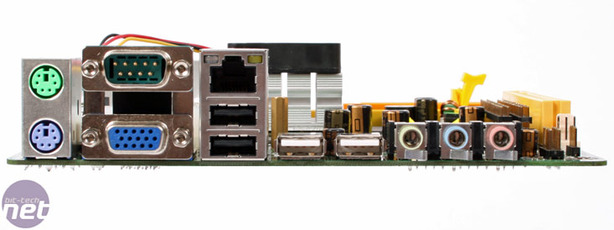
The rear I/O certainly very basic - like we said above, if you want DVI you have to pay for it, so there's no dual-display option natively included. Sound support is mediocre too and there's no S/PDIF, but as an industrial board it's not entirely unexpected either.
BIOS
As ever with Atom boards, the BIOS is pretty limited but Jetway does throw in a few basic performance options for the memory and some voltage options too. Memory goes up to 2.15V from 1.85V in just four large jumps, and there's also northbridge and MCH voltages that will help elevate the front side bus and memory bus. Moreover, there is an option with these two directly linked by a single divider.
That doesn't help with there is no CPU voltage to compensate for the extra MHz though. There is a VDAC25 voltage, but we're not quite sure what it does, and the manual doesn't allude to the answer either.
Surprisingly the fan control is pretty adept, and despite it only having a couple of 3-pin fan headers they can be tweaked according to temperature and duty cycle.

MSI MPG Velox 100R Chassis Review
October 14 2021 | 15:04


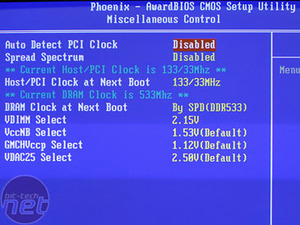
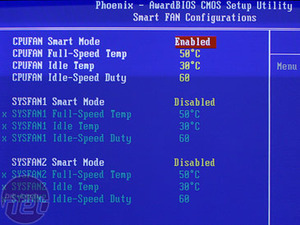
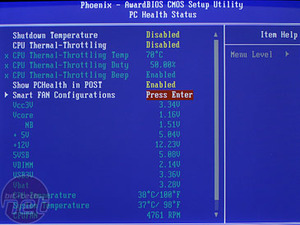
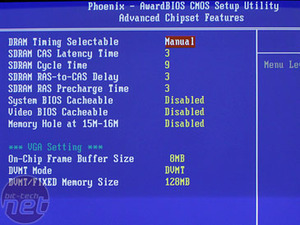
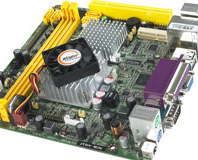






Want to comment? Please log in.